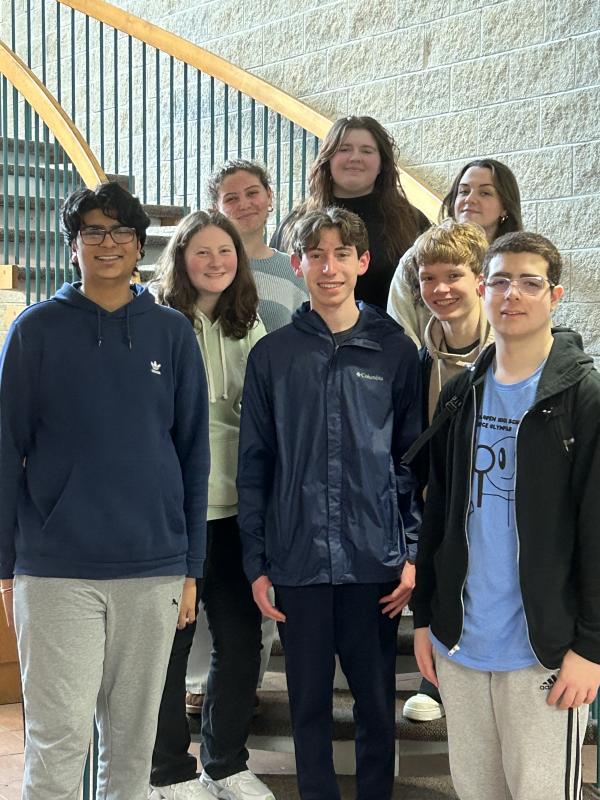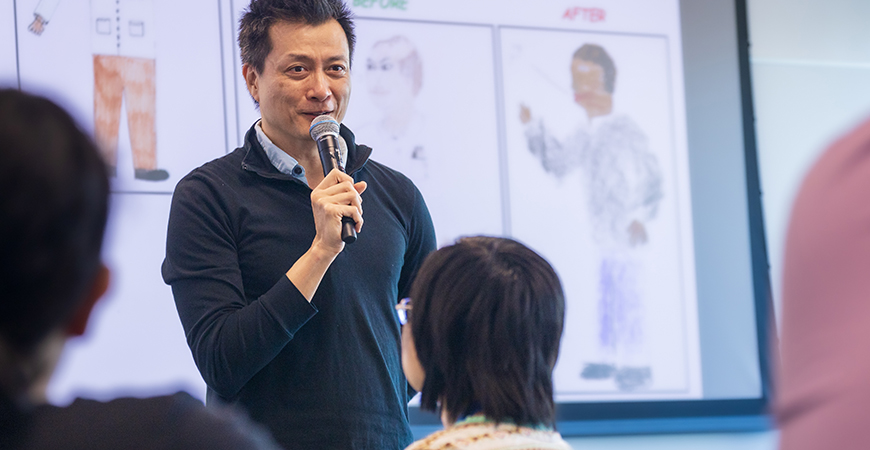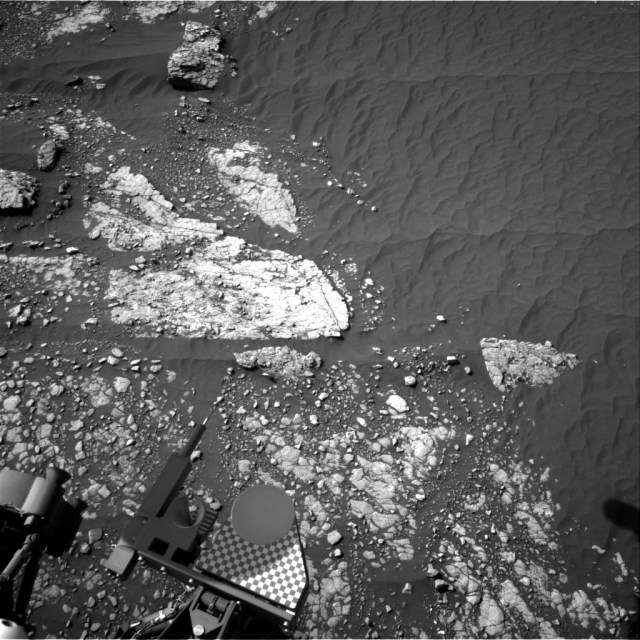In the heart of eastern France, archaeologists stumbled upon an extraordinary horseshoe-shaped monument surrounded by a collection of weapons and ornaments from various historical periods. The site, located in Marliens, features a large bowtie-shaped structure with a circular construction at its center measuring 36 feet in diameter. This central circlet is connected to a horseshoe-shaped structure on one side and a jug-handle-shaped feature on the other side.
The discovery has been called “unprecedented” as there are no other known sites with similar shaped constructions. The plethora of artifacts found at the site, including flint arrowheads, protective armbands, a flint lighter, and a copper-alloy dagger, suggest that the site was occupied during different time periods. Some objects, such as cut flint objects from a nearby ditch, may date back to the Neolithic period, while weapons could be traced to the Bell Beaker culture that emerged around 4,500 years ago.
Researchers are currently radiocarbon dating the artifacts to determine their ages more precisely. In addition to the horseshoe-shaped monument, the site also contains several wells from the Bronze Age, a necropolis with circular enclosures from around 1500 to 1300 B.C., and an Iron Age necropolis with urns containing cremated remains, bracelets, and rings. The discovery sheds new light on the history of the region and the cultural practices of its past inhabitants.
The horseshoe-shaped monument is particularly intriguing as it is not common in archaeological discoveries. Researchers believe that it may have been used for religious ceremonies or rituals as it is situated atop a hill overlooking several valleys below.
Overall, this discovery in Marliens has opened up new avenues for studying French history and culture. The findings will undoubtedly provide valuable insights into how our ancestors lived and interacted with their environment thousands of years ago.



